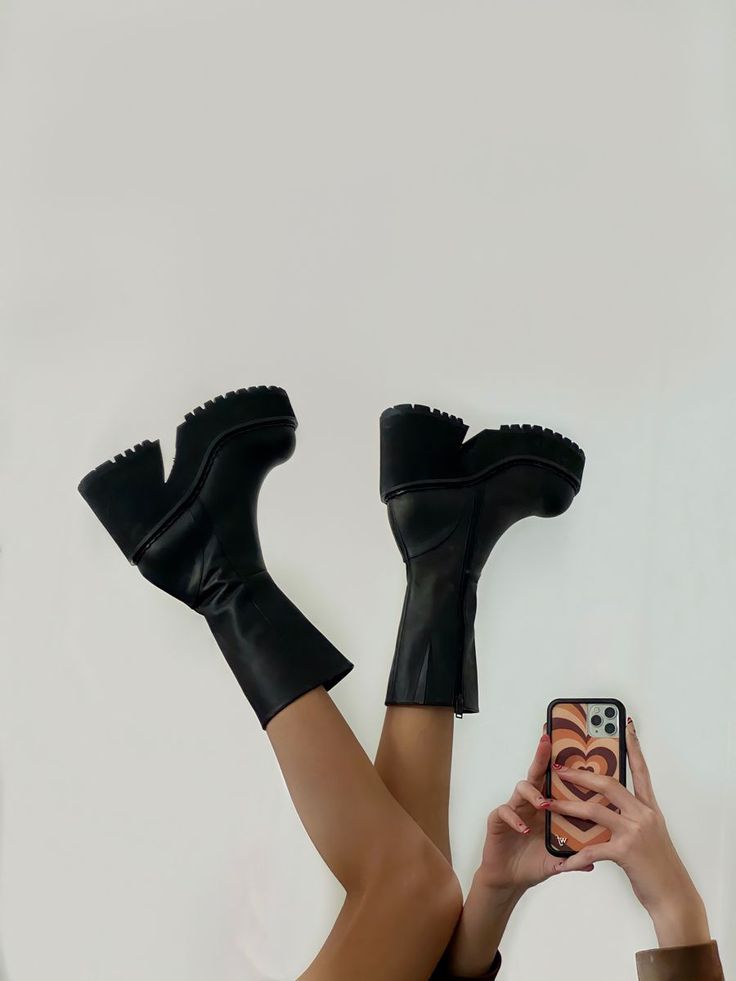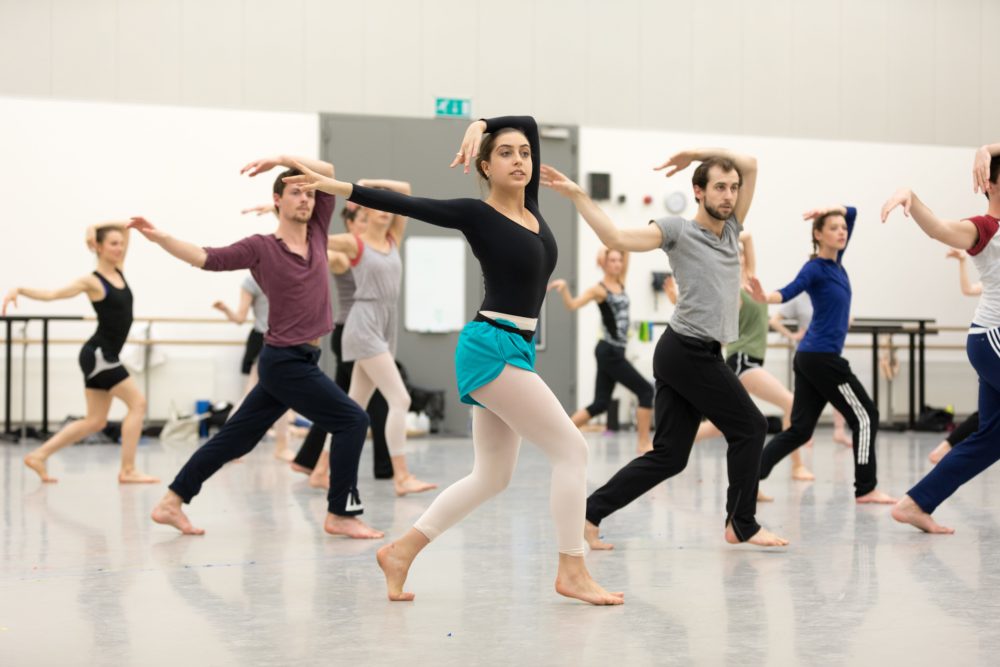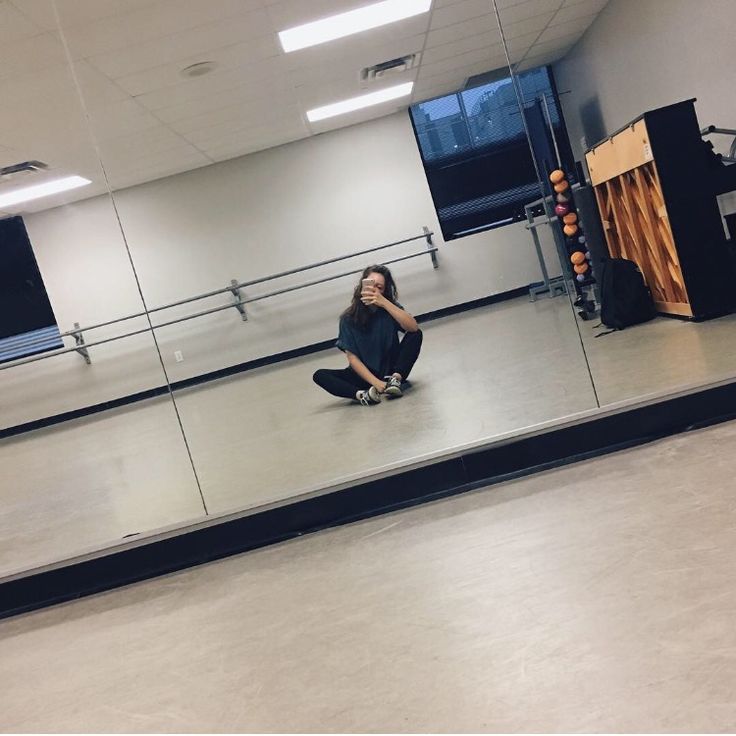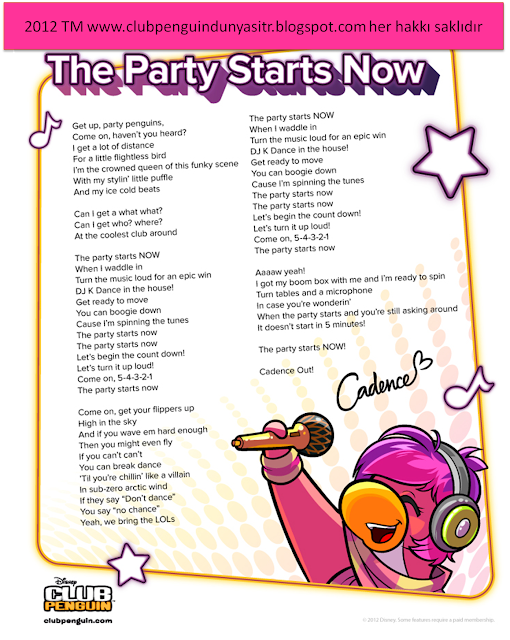How to brush dance shoes
Shoe Care & Maintenance – Ballroom Connection
Dance Shoe Care and MaintenanceRemember that our ballroom dance shoes are equipment. It’s essential to take good care of them so they can last longer and perform well. Suede sole ballroom shoes are meant for just that—ballroom dancing! So we want to keep them indoors on a clean, well-kept ballroom floor.
Surfaces that are okay for dance shoes:
- Hardwood floors (the ideal dance floor)
- Most non-abrasive, indoor surfaces are fine to walk over and won’t damage the shoes:
– Carpeting
– Vinyl
– Tile
Recommended to avoid:
- Any outdoor surfaces, including but not limited to:
– Sidewalks
– Any pavement
– Dirt and grass
– Gravel - Water or moisture of any kind (this will alter the texture of the suede)
Many ballroom shoe brands will provide a shoe bag with the shoes. Please take care to use them to carry your dance shoes around in. They are not meant for and should not be worn outdoors for any reason. Even a short walk from your car to the studio is not recommended if you hope to keep your shoes lasting as long as they can.
Brushing Your Dance Shoes
The most important thing for a dancer to do for their ballroom shoes is to brush the suede soles on a regular basis. The suede will collect dirt and wax from the dance floor over time and get matted down. This causes the suede to lose its nappy texture and get slippery.
For safety reasons and for prolonging the lifetime of the suede soles, they should be brushed with a metal bristle Shoe Brush on a regular basis. These shoe brushes differ from other shoe care brushes, made specifically for cleaning the soles of ballroom shoes.
How often should I brush my dance shoes?
The suede soles on ballroom shoes won’t need to be brushed after every use, but it’s important to pay attention to the traction you feel when dancing.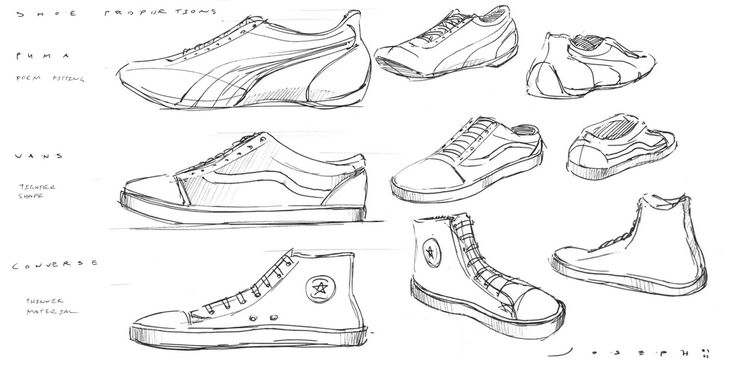 If they start to feel more slippery, giving you less control than usual, it’s time to give them a brushing!
If they start to feel more slippery, giving you less control than usual, it’s time to give them a brushing!
For reference, a dancer who practices vigorously 3-4 times a week for several hours each session may need to brush them every week or so. A more casual dancer who might take a group class once or twice a week may not need to brush them as often and can go longer without needing to brush them.
Excessive brushing will also be bad for the suede soles, since the bristle will start to take off good suede fibers, so be mindful of that!
Is there a method to brushing shoes correctly?
If you’re on top of maintaining your suede soles, a gentle brushing should do the trick. If the suede has been neglected for longer periods of time, you may need to brush them more firmly to remove the build-up.
There is no specific direction to brush along the suede, but the brush will work most effectively if you brush against the bristles (the metal bristles will usually be angled downward.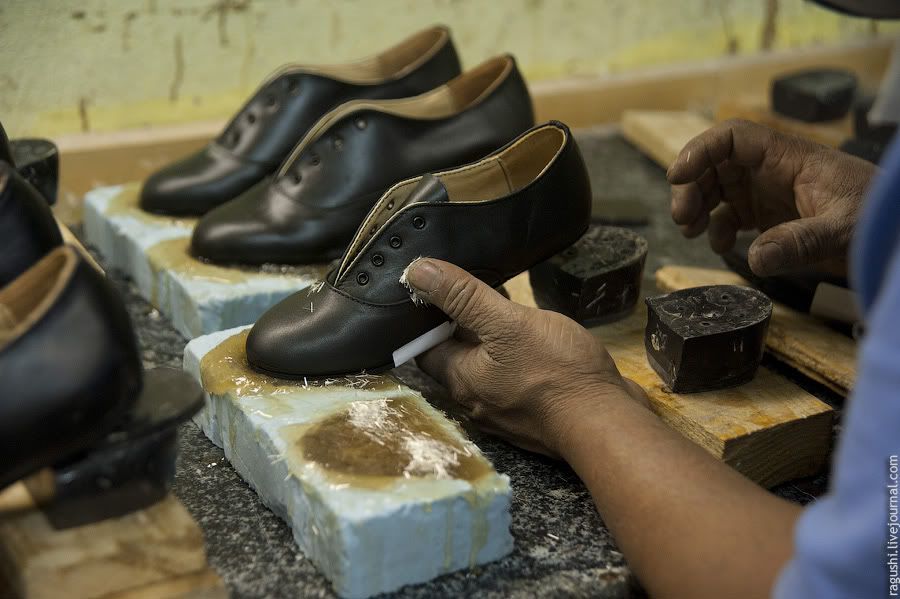 )
)
Don’t worry if you see dust and residue flaking off from the suede! That’s the dirt, dust, and old suede fibers getting removed, which is what the brushes should be doing. To keep tidy, it’s a good idea to brush your shoes over a waste bin.
The idea is to revive the nappy, hairy texture of the suede, which is what will “grab” the floor when you dance. The more flattened down the suede is, the less traction you will have. The more textured it is, the more traction you will have.
What should I do if brushing doesn't seem to help the suede traction anymore?
That sounds like it’s time to have the shoes resoled, then. The suede soles won’t last forever, and if the ballroom shoes still fit you well, it’s not necessary to replace them with a whole new pair. The suede can be resoled with a new layer using Replacement Suede Soles and the correct Suede Sole Adhesive.
This is a DIY project anyone can do at home, but if you’re not comfortable with resoling the shoes yourself, any local shoe repair shop should be able to do the job for you.
Tips On Caring Uppers of Shoes
Ballroom shoes come in all forms and materials, which might make taking good care of their appearances a bit tricky. One thing dancers must remember is that our dance shoes are first and foremost our equipment, which will inevitably show wear and tear over time. The kind of damage and wearing we see on our shoes are also a great indicator of how we dance, and may even be itself a good learning tool.
For example–we may see uneven wearing on our heels, which is a great indicator of how we use our feet, how much and where we put our foot pressure, the tracking and directionality of our steps in our figures, etc.
–we may see certain spots on our shoes wear out much faster than others, such as the inside edge of the heel cups, or the inside edge of the front of the shoes.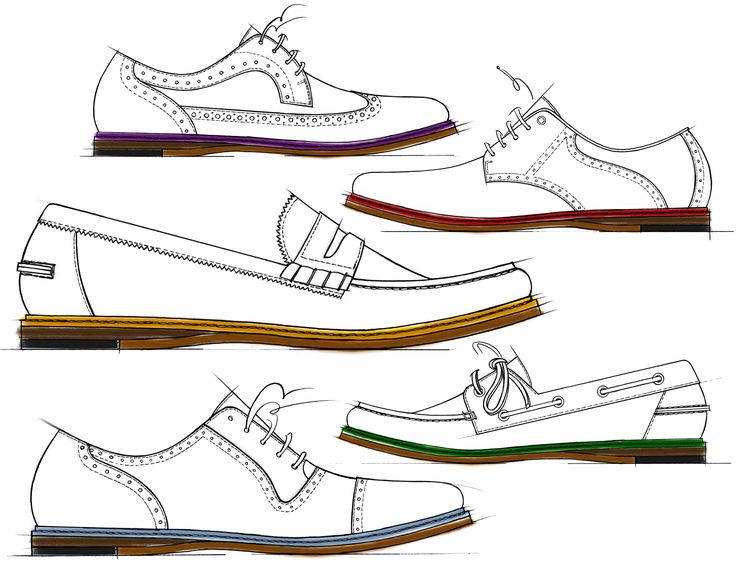 This shows us where the most contact and friction is taking place as we dance our figures.
This shows us where the most contact and friction is taking place as we dance our figures.
Whatever the case, we all do our best to take good care of our shoes so they can last as long as they can. With different finishes and materials our dance shoes come in, there are a variety of tips and tricks for how we can care for them.
Satin and Other Textile Material Shoes
Satin and other fabric materials may be some of the trickiest to care for due to their delicate nature. They are among the most common looks for ballroom shoes since they show quite well and elegantly on the competition floor.
Due to the nature of all satin material, please be aware that it is inevitable for them to get dirtied over time. With all the contact we make on the floor, with our own feet, or anything else our shoes may brush up against, satin will track dust over time. It is suggested to coat satin or any fabric material dance shoes with products like Scotch Guard, which can help protect and ward off the dust and dirt a bit better. It will not completely prevent dust from showing, but it will help guard it and make spot cleaning a bit easier.
It will not completely prevent dust from showing, but it will help guard it and make spot cleaning a bit easier.
We can carefully spot clean dust marks. With a gentle soap and water and a towel, we can moisten and lift away dirt marks very carefully to help lighten them on the satin. It is not advised to use any scrubbing or rubbing motions as this will irritate the weave of the satin and cause it to pill and lose its sheen! There are also many online tutorials on how to care for different types of shoe materials one can reference. However, please be mindful of all the details and information given and use your best judgement!
**PLEASE NOTE: It’s highly advised to practice in inconspicuous spots first to see results! Please be aware that due to the differences in grade and quality of different types of satins and textiles used among different brands, one method may not necessarily work for all types of materials! Please use caution and care when trying to spot clean your shoes.
Suede and Nubuck Shoes
Suede shoes are quite common even among street shoes. The upside to this is there are also many products out there that are made to care for suede uppers. Suede dance shoes can be cared for just as regular shoes with suede uppers. The same types of sprays and brushes can be used to clean and maintain suede and nubuck dance shoes.
Whichever product you choose to use, please be sure to read the directions of the product carefully!
Leather and Patent Leather Shoes
Leather is among the most common material used in ballroom dance shoes, especially in men’s styles. Leather can be polished and buffed just like regular street shoes. The same array of products on the market for leather shoes can also be used for your dance shoes.
Patent leather requires slightly more attention. It can be shined like regular dress shoes with the proper polish.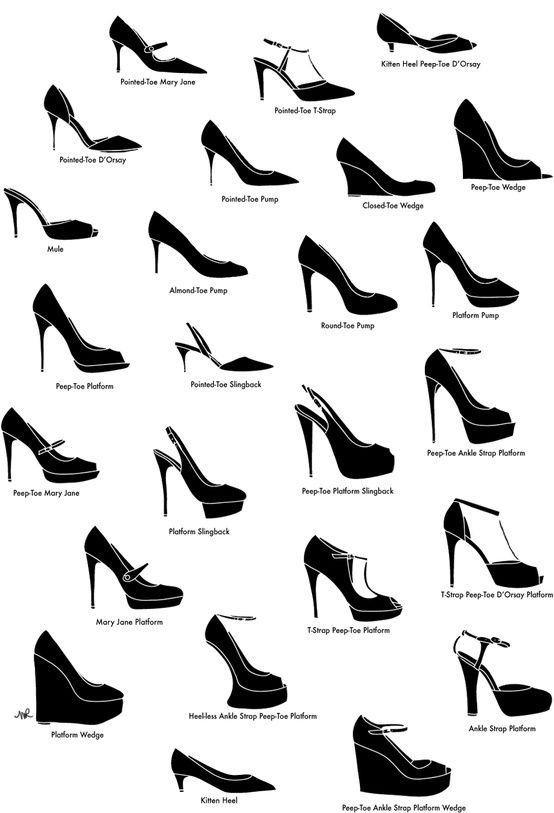 We also suggest a light coat of petroleum jelly (the same kind like Vaseline, used for our lips) to cover large surfaces of patent leather on your dance shoes. Patent leather often has more friction and can “stick” to itself, which might hinder our dancing. The petroleum jelly not only helps reduce the friction, but it also helps condition the material to help against cracking over time.
We also suggest a light coat of petroleum jelly (the same kind like Vaseline, used for our lips) to cover large surfaces of patent leather on your dance shoes. Patent leather often has more friction and can “stick” to itself, which might hinder our dancing. The petroleum jelly not only helps reduce the friction, but it also helps condition the material to help against cracking over time.
Heel Protectors
Heel protectors or heel caps are commonly worn on women’s heeled shoes. They primarily serve to protect the plastic heel tips from wearing down. Some prefer the convenience of replacing and discarding heel protectors over taking the shoes to a cobbler to have the plastic tips repaired.
If you choose to wear heel protectors, please be sure to find the correct size for the correct heel! The various heels often vary minimally between brands, and there are many different heel shapes, like “Flared” or “Slim”. Certain heel styles also do not have standard heel protectors made for them. Typically, the larger types of heels may not have protectors, since it’s preferred by the manufacturers to place suede on the surface area of such heels instead.
Typically, the larger types of heels may not have protectors, since it’s preferred by the manufacturers to place suede on the surface area of such heels instead.
Some heel protectors come with built-in suede. The built-in suede offers an added layer of protection, helping them last longer than plain ones. The suede also helps with the traction on the heels while dancing. Consider your own dancing, choreography, and style when choosing whether or not, or what type of heel protector to wear.
Tips for putting on the heel protectors–
- Heat is your best friend! Warming up the heel protectors with your breath or your hands, or with the help of a hair dryer will soften the plastic.
- Use your fingers to stretch the opening of the protectors as best as you can.
- First work the rounded end of the protector over the heel, then wiggle it over the tip until the two corners slip inside the cap.
- Press the heel flat the rest of the way into the heel protector against a hard surface.
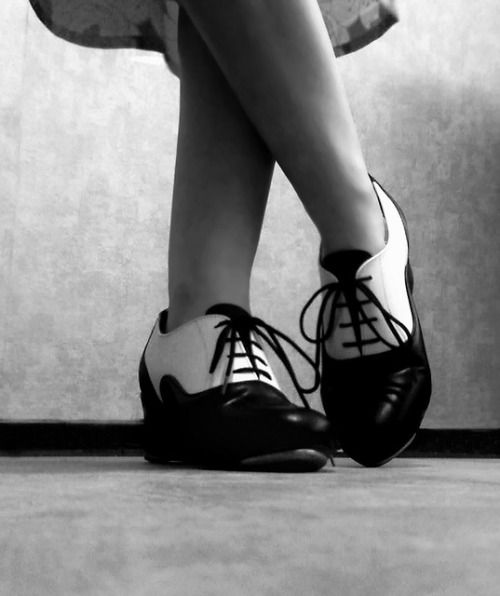 You’re done!
You’re done!
Once placed onto the heel, protectors are to stay on until they are worn through. The best way to remove them is to nick a corner of the heel protector and simply slip the cap off. It is not recommended to forcibly pull the cap off, as it may loosen or even pull off the entire plastic heel tip of the shoe!
How to Clean the Soles of Your Dance Shoes – Yami Dance Shoes
High-quality dance shoes are quite the investment so if you want to make the most out of every pair, they need to be cared for properly. No matter how often you wear your dance shoes, you have to clean them regularly because the materials get dirty really quickly. An example of this would be the soles.
Dance shoes are different from your regular walking shoes because of the soles, which are either crafted in microfiber or suede leather. Yami dance shoes have microfiber soles made from flock leather material. Flock leather is a type of synthetic leather that’s almost identical in texture to suede leather. The difference, apart from being cruelty-free, is that flock leather is softer, hardier, and easier to maintain than suede leather.
Flock leather is a type of synthetic leather that’s almost identical in texture to suede leather. The difference, apart from being cruelty-free, is that flock leather is softer, hardier, and easier to maintain than suede leather.
But here’s the thing: the textured surface material of flock leather and suede leather is a dirt magnet! It does not take long before dust, dirt, and grime collect on top of the material. If you don’t clean the soles regularly, the material could turn crusty and eventually crack. Or, the material could become extra slippery, which increases your risk of injury while dancing. Either way, it’s never a good idea to leave the shoe soles dirty, it will shorten the life of the dance shoes.
How Often Should You Clean the Soles of Your Dance Shoes?You can’t simply toss your dirty dance shoes in the washer. You have to clean the shoes before and after every use or at least once a week. Focus on the soles because these are the dirtiest parts of the shoes.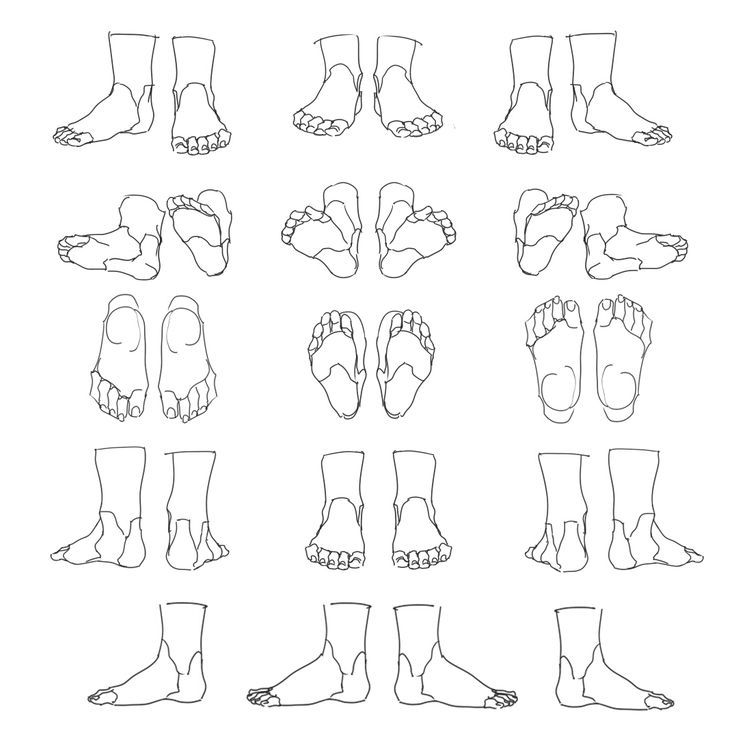
Thankfully, suede and microfiber leather often use the same cleaning products - including a good quality wire shoe brush and conditioners. The shoe brush will lift the dirt, grime, and dust while the conditioner preserves the quality of the material.
How to Clean the Soles of Your Dance ShoesDry Brushing for Regular Cleaning
Suede and microfiber soles will benefit from regular dry brushing. Dry brushing helps lift dust and dirt and even eliminate floor wax and grime stains off the material. Regular dry brushing also raises and refreshes the nap - the fine, raised fibers on the surface of the material.
Use a regular suede brush for dry brushing. Opt for a suede brush with a combination of wire and nylon bristles. Hold the shoe over a trash bin so you don’t make a mess. Using short strokes, brush from toe to heel, starting at the center of the sole outwards in one direction. Don’t forget to dry brush the edges too!
Use a light hand for easy to remove dirt and dust.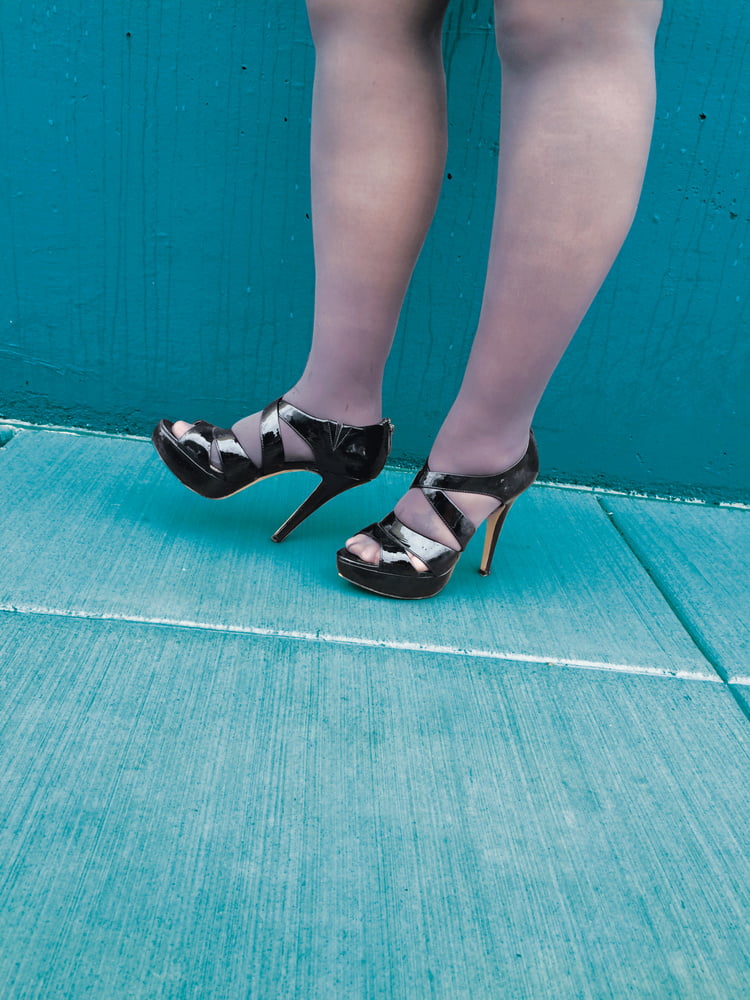 For stubborn, deep-seated stains like grime or traces of floor wax, brush deeply but do not overdo it. If you’re too heavy-handed with the brushing, you might end up destroying the sole - especially delicate suede.
For stubborn, deep-seated stains like grime or traces of floor wax, brush deeply but do not overdo it. If you’re too heavy-handed with the brushing, you might end up destroying the sole - especially delicate suede.
NOTE: Expect shedding if you’re dry brushing suede material, this is normal. Suede is a delicate material and some fibers will shed from vigorous dry brushing but it won’t damage the material. Dry brushing will, in fact, prolong its life.
Stains and Spot Cleaning
For dried up stains on the soles, use suede gommadine or suede gum cleaner to eliminate unsightly marks. Stain eraser or suede gum are also perfect for spot cleaning stubborn scuffs on the material.
For oily, heavy stains that don’t remove easily with dry brushing, you can use regular suede cream or foaming cleansers. Just spread a thin layer of cream or foam onto the material then brush gently in one direction. You can also use vinegar or rubbing alcohol to cut the grease or grime and remove unsightly marks.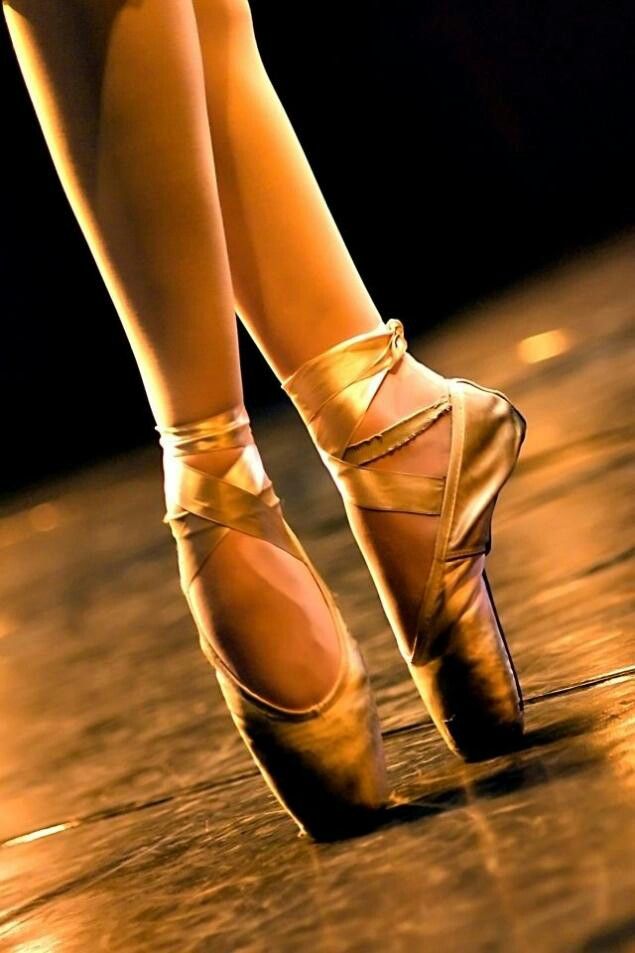
As the dirt and grime are brushed off, you’ll notice the soles have regained their texture because of the raised nap. Regular cleaning should be done after every performance. Cleaning the shoes before a performance is a must but the cleaning itself is easy. Just give the material a good dry brush and you’re good to go.
Conditioning
After cleaning the dance shoe soles, it’s best to apply a conditioning product to preserve the texture and quality of the material. Use a regular suede conditioning spray helps restore the color, texture, and suppleness of the material. It also hydrates the material, preventing flaking, shedding, or cracking. Leather conditioning oils, all-purpose leather cream, leather moisturizers, and castor oil are also used to restore and revive aging dance shoe soles.
Always air dry the suede and microfiber material before storing the shoes to prevent mold growth and bad odors. Do not force to dry out the material using a blow dryer either because this will damage the soles.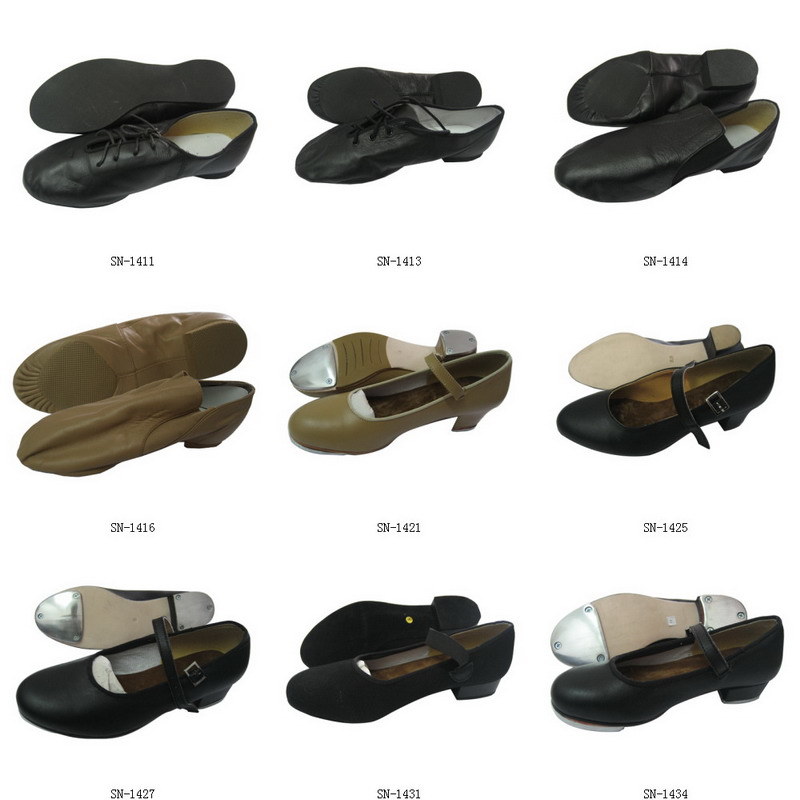
Quick Cleaning
If you forgot to clean your dance shoe soles during a rehearsal or performance, here’s a quick fix: slightly dampen a piece of paper towel and blot the soles with it if they get too slippery. This trick will temporarily restore the traction of the textured soles.
But don’t do this often especially if you’re dealing with suede because you might end up causing even more damage to the material. Don’t be lazy! It’s best to take time dry brushing the surface grime after every use and utilize the right products to boost the life of the shoe soles.
Again, make a habit out of keeping your shoes completely dry prior to storage so the material won’t dry out or worse, turn moldy. Store your dance shoes in a cool, dry place, away from direct sunlight and humidity. Exposure to moisture can easily ruin the soles of dance shoes.
Refresh
As you can imagine, dance shoe soles can turn into a breeding ground of bacteria if it's not cleaned often.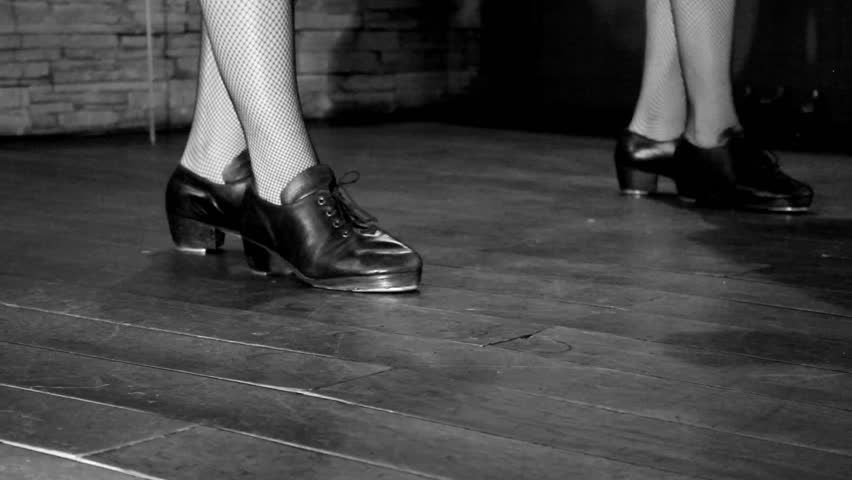 After regular cleaning, we highly suggest packing your shoes in an airtight bag and putting it in the freezer for a few hours. The freezing temps will stop bacteria growth and reduce bad odors. The cold will also restore and refresh the quality of the shoe materials, including the soles. Just be sure to use an airtight bag so you’re not exposing the shoes to moisture.
After regular cleaning, we highly suggest packing your shoes in an airtight bag and putting it in the freezer for a few hours. The freezing temps will stop bacteria growth and reduce bad odors. The cold will also restore and refresh the quality of the shoe materials, including the soles. Just be sure to use an airtight bag so you’re not exposing the shoes to moisture.
If you are wary of sticking your dance shoes in the freezer to restore and deodorize, opt for activated charcoal. There are shoe bags that are treated with activated charcoal to absorb bad odors while also keeping your shoes nice and clean.
When it comes to cleaning the soles of your dance shoes, it’s important to act fast. Do not wait until the stains have settled in before removing them. If your shoes have developed bad odors from all the dirt and grime, refresh the shoes and use a mild deodorizer. By being proactive, you can extend the life of your dance shoe soles and get the most out of your money.
References
https://thedancestore. ca/best-way-to-clean-dance-shoes/.
ca/best-way-to-clean-dance-shoes/.
https://www.ballroomdanceplanet.com/how-to-clean-ballroom-dance-shoes/#4-shoes-with-suede-soles
https://www.dance-america.com/three-quick-way-to-fix-suede-sole-36.html
https://blog.rayrose.com/how-to-clean-suede-dance-shoes/
https://www.skolyx.se/en/content/44-guide-cleaning-refreshing-and-protecting-suede-shoes
Back to blog
How to care for ballroom dancing shoes?
1. Dry your shoes after class or competition. Proper drying of shoes after a workout is a very important part of taking care of dance shoes to keep them in good condition. Take your shoes out of the bag as soon as you get home.
Wet shoes dry only at room temperature, and it is advisable to insert a stretcher into it or stuff it tightly with newspaper, napkins or crumpled paper (which must be changed periodically). Ballroom dance shoes can only be cleaned with special shoe care products, today such products are sold in almost any store.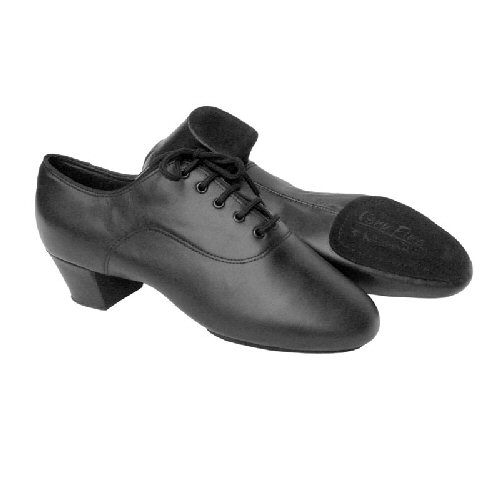
Do not dry ballroom dance shoes near a radiator or any other source of heat! From this, the material may crack or even sit down!
If the shoes do shrink, use a shoe stretcher.
2. It is not recommended to “wash” shoes.
3. For transportation, manufacturers put special bags in boxes with shoes, there are special bags for shoes, you should not wear ballroom dancing shoes in plastic bags, shoes do not “breathe” in these bags.
The care of ballroom dance shoes depends on the materials used to make the shoes.
Satin ballroom shoes can be cleaned at home with a special shoe cleaner available from almost any dance store. It is necessary to strictly adhere to the instructions, and then your shoes will keep a presentable look longer. You can not rub such shoes with a brush or try to wash them with plain water - this will lead to thinning of the fibers of the fabric, and to the formation of ugly spools. You need to pay attention to the seams and fasteners. Places where the fabric can fray can be lubricated with natural oil.
Places where the fabric can fray can be lubricated with natural oil.
4. Recently, it has become popular again to dye shoes in the color of a suit - this can be done both in the salon and on your own, choosing the right tone.
5. Many people stick rhinestones on their ballroom dance shoes, for this you need to use the same glue that is used to decorate the competition dress. For the period of gluing and drying, it is recommended to insert a special spacer into the shoes and fill them with paper. It is not recommended to wear shoes glued with rhinestones or decorated with laces for training, because. from frequent rubbing of shoes against each other, the stones will be slightly erased and lose their original luster.
6. Genuine leather shoes are easy to care for. You can clean it with a damp cloth or sponge. There are specialized tools, but since. they are created primarily for street shoes, sometimes it is worth treating ballroom dance shoes with natural ones, for example, beeswax.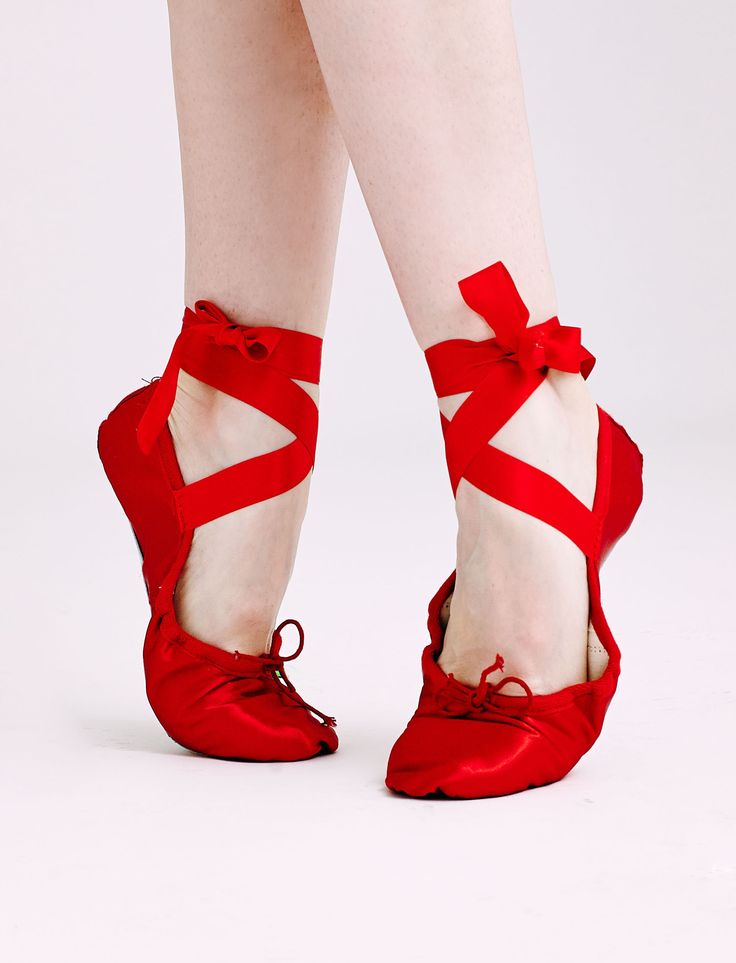 To give shoes made of genuine leather shine, you can use a special polish sold in ordinary shoe stores.
To give shoes made of genuine leather shine, you can use a special polish sold in ordinary shoe stores.
7. Keeping track of men's suede and nubuck ballroom shoes is a little trickier. Do not use water to clean these shoes, water will promote the formation of new stains! Suede and nubuck are dry cleaned. Before the main cleaning, it is necessary to treat the shoes with a special brush with rubber. But you can also use the "grandmother's" method - an eraser and toothpowder! In order for shoes made of nubuck and suede to last longer, you need to stock up on special care products for such shoes and special impregnation.
8. Lacquered ballroom dance shoes should be handled with care, even the smallest scratch will be visible on the lacquered surface! It is not necessary to clean new patent leather shoes - just wipe them with a flannel cloth. At the moment when the need arises for cleaning, it is best to use a soft sponge and soapy water, or use special products: shoe oils and balms. To remove stains, you can use nail polish remover without acetone.
To remove stains, you can use nail polish remover without acetone.
Never use a brush to care for patent leather shoes! You can get rid of dull spots that sometimes appear on patent leather shoes by rubbing these spots with a cut onion or egg white. Patent shoes should not be kept near sources of heat and moisture. Otherwise, it may even become moldy! If suddenly your shoes are covered with mold, then carefully remove it and grease the surface with glycerin. Leave the glycerin on for 10 minutes, then remove it with a cloth.
Partners often complain that at the beginning of wearing patent leather shoes cling to each other and lose their presentable appearance. To solve this problem, there is a special tool that can be bought at the time of purchase of new shoes.
9. A very important part of ballroom dance shoe care is sole care. The sole is made of specially dressed leather, suede and has small villi. Your stability depends on the state of the sole - sliding on the parquet.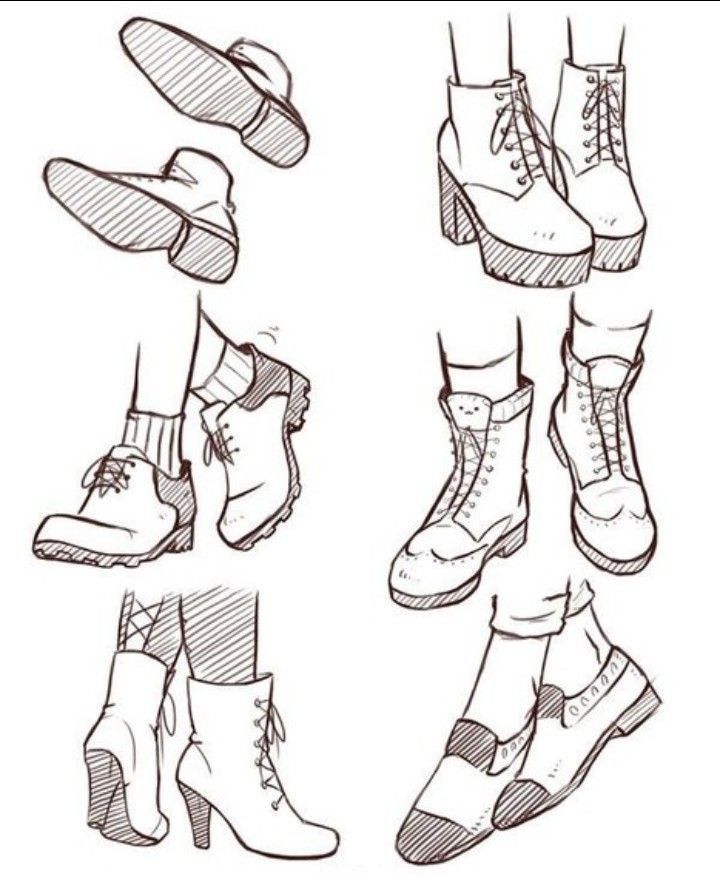 Optimum adhesion to parquet is 70% dependent on the condition of your soles, the remaining 30% depends on the quality of the parquet.
Optimum adhesion to parquet is 70% dependent on the condition of your soles, the remaining 30% depends on the quality of the parquet.
The soles of ballroom dance shoes should be cleaned with a special brush before each practice session or any time on the floor, and once or twice during practice. For easier cleaning of the brush itself, it is recommended to put an old nylon stocking on it before use, which is removed after cleaning. The brush will be like new.
Almost all dancers wet the soles of their shoes with water, but this causes them to deteriorate rather quickly. If you have ever used this method, you will have to resort to it constantly. It is better to use castor oil for the same purposes.
Some dancers spray their soles with hairspray, this may work for a short time but after the hairspray dries it gets worse. After that, it is almost impossible to clean the sole from the varnish.
10. There is a universal cleaner that is well known to motorists - this is the WD-40 fluid displacer.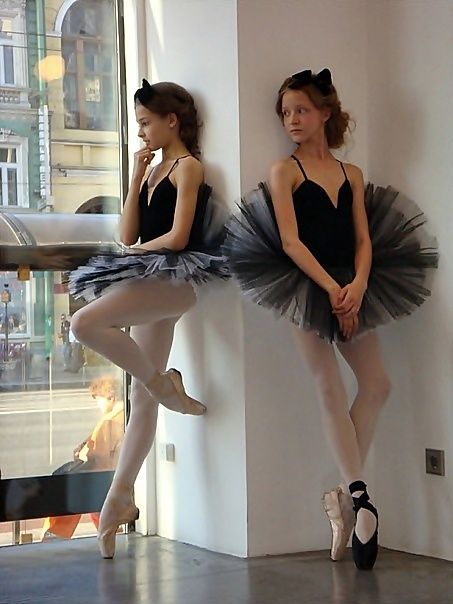 This tool will help clean the paraffin sole, from fat and disinfect it. But often you should not use this tool either, because. completely fat-free skin is also bad. Recently, a special powder has appeared on sale to help achieve the necessary slip on the parquet.
This tool will help clean the paraffin sole, from fat and disinfect it. But often you should not use this tool either, because. completely fat-free skin is also bad. Recently, a special powder has appeared on sale to help achieve the necessary slip on the parquet.
11. Change of heel heels - concerns mainly partners. It is better to purchase a spare pair of heels at the time of buying new shoes. Heels should be changed, not allowing them to wear out too much. Changing heels is a very simple action that anyone who has used a hammer at least once in their life can do. In order to replace the old heel, you need to fix it with pliers and pull it out. Then insert a new one so that the metal pin that is on the heel goes deep into the heel in the right direction, then drive the heel inside with a hammer.
First of all, it is necessary to take care not of shoes, but of your own skin of legs and feet. It is necessary to take care of the feet, and recently appeared, special orthopedic insoles, invented specifically for ballroom dancing, will help to keep the shape of the feet as long as possible. A special powder, also designed specifically for dancers, will kill bacteria that spread infection and odors and help prevent excessive perspiration.
A special powder, also designed specifically for dancers, will kill bacteria that spread infection and odors and help prevent excessive perspiration.
Insole care0048
Most insoles are made of artificial materials, but there are also insoles made of real leather, for example, Dance naturals (DN) uses only natural leather. It cannot be unequivocally said that one is better than the other. Artificial materials are easier to care for (which many ignore), genuine leather is, of course, comfort, but caring for it requires a special approach. And it is highly recommended to use a powder that kills bacteria. If the insole is not taken care of, it will get wet from aggressive sweat, become a breeding ground for bacteria, and, ultimately, this can lead to the loss of the internal shape of the shoe. It is very important that there is a certain adhesion between the soles of the feet and the insoles (not the sticking of a dirty and wet insole to the foot, but the adhesion).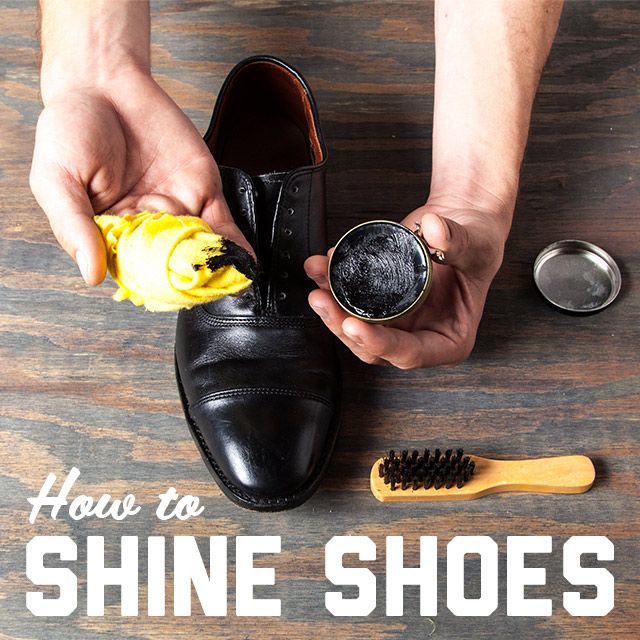
Some manufacturers of ballroom dance shoes use a cushioning system - a special spring mechanism. There are several important points that tell us how the shoe manufacturers thought about dancers:
Shoe shape
If ballroom dancing shoes don't support the arch of the foot, these shoes are not suitable for dancers.
If the shape of the last leads to flat feet (which almost all manufacturers have!), then the rest of the care for the feet goes into second place.
Sole - see item no. 9
Note 1: Heel pads are a separate issue. Recently, different types of headbands have been used in terms of material, shape (different shape of the neck of the headband, different base), in addition, the use of different colors, effects (for example, with deodorant, with the addition of phosphorus, etc.) . All this is a separate topic for discussion.
Note 2: Today, various anti-slip powders such as anti-handle and anti-slip of German production are on sale.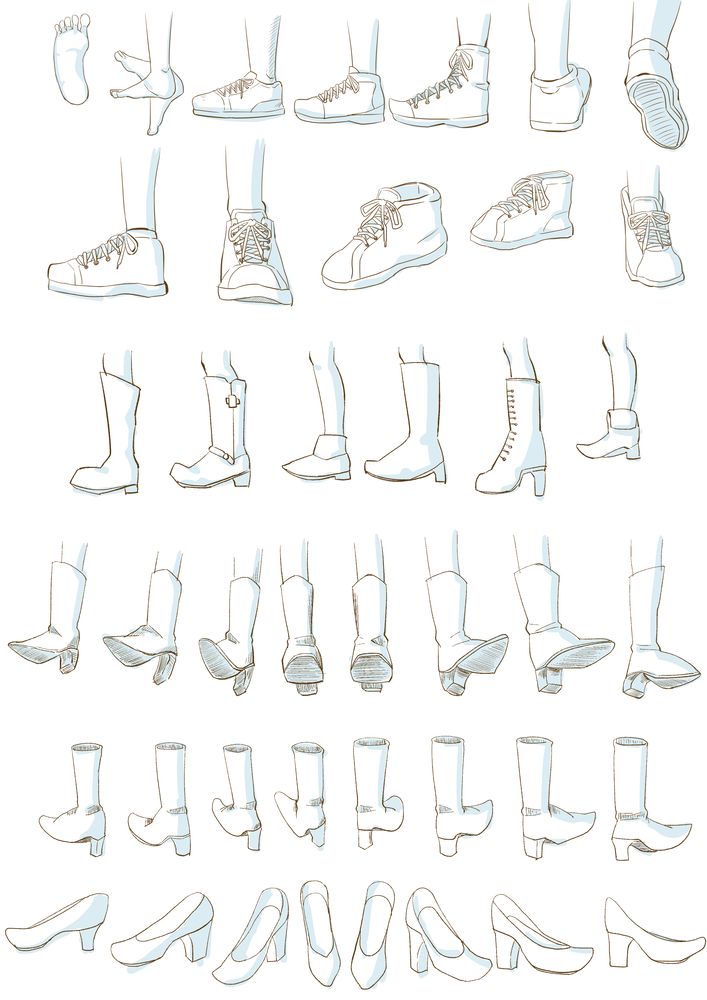 Discussion of the use of these powders is also a separate topic.
Discussion of the use of these powders is also a separate topic.
How long one pair of ballroom dancing shoes can be used
Many factors affect this, first of all, the duration of training, the shape of the foot, proper shoe care ... All this is very individual. And, of course, it depends on how many couples you have and how often you practice. For example, couples sponsored by English firms are given an average of five to six pairs of shoes per year for each athlete. The lifespan of shoes for intensive training and competitions ranges from 2-3 months on average. From a hygiene point of view, it is also recommended to change shoes every 3 months. With proper operation and good care, this figure can be increased up to one year. Well, from experience, the right approach, for example, to men's ballroom dancing shoes (the right choice of manufacturer, the right choice of model and size, and, of course, the right shoe care) allows shoes to serve for several years. Women's shoes serve, of course, less. But with the right approach to choosing ballroom dance shoes and with proper care for them, they can last several seasons.
Women's shoes serve, of course, less. But with the right approach to choosing ballroom dance shoes and with proper care for them, they can last several seasons.
The durability of ballroom dancing shoes, besides their care, is also affected by other factors: high-quality and accurate lasts, the raw materials from which the shoes are made, professional assembly on high-precision equipment, and many other points.
It is not recommended to buy ballroom dance shoes for children "for growth", this leads to rapid wear.
An additional note on the durability of ballroom shoes - shoes with stitched soles will last longer.
Dance shoes are guaranteed for 30 days. To avoid unpleasant situations, it is worth taking a spare pair with you to tournaments. Yes, just in case.
Source: orpheusmusic.ru
Dance shoe care - Useful information Dance shoes for the artist is of paramount importance. It often takes a long time to find and choose the perfect shoes for rehearsals and performances, so you always want them to last as long as possible.
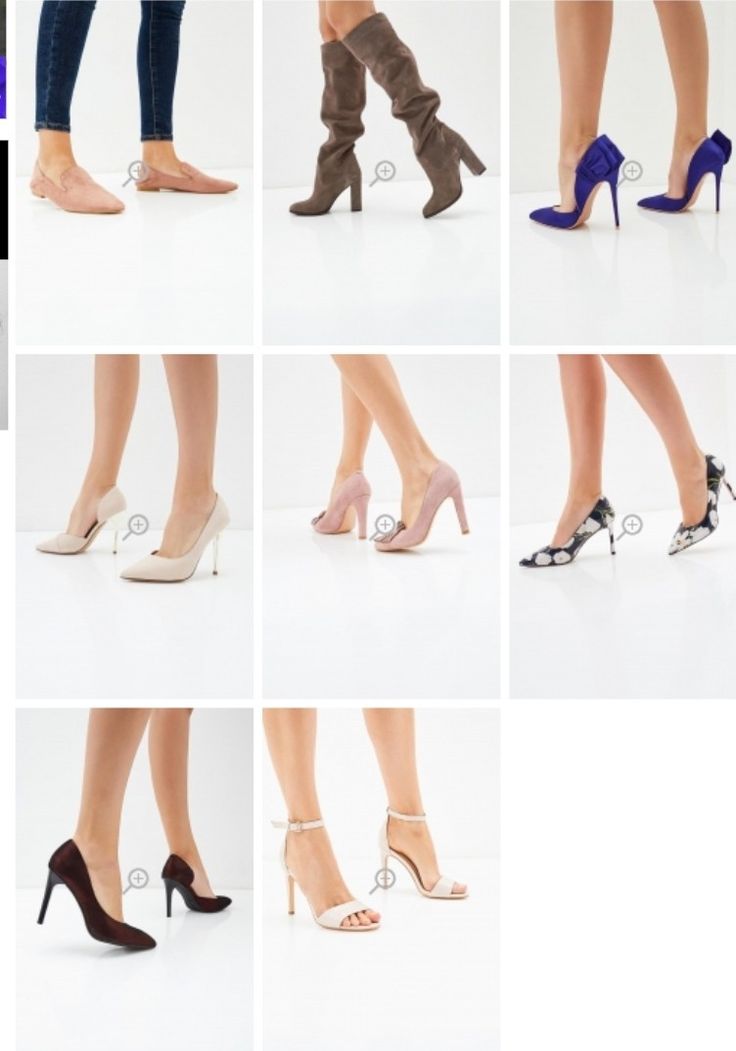 Take on board the useful tips for caring for dance shoes from the Sudarushka company, and then your shoes will “thank” you with convenience and a decent service life!
Take on board the useful tips for caring for dance shoes from the Sudarushka company, and then your shoes will “thank” you with convenience and a decent service life! Care methods depend mainly on what materials the shoes are made of:
Satin shoes at home can be cleaned with a special agent, and if it is not available, with a soft dry sponge, or, in case of noticeable dirt, with a damp (but not damp) slightly soapy palm, and then wipe with a clean, lint-free cloth. Places where the fabric is subject to abrasion can be lubricated with natural oil.
Genuine leather is the easiest material to care for. To care for leather dance shoes, you can use conventional products. But experts say that shoes made of thin leather - for example, jazz shoes - are best treated on the outside with natural beeswax.
Natural suede and nubuck - these materials absolutely do not like moisture. Therefore, they should be cleaned with dry rubber brushes. To remove heavy dirt on suede and restore the surface texture, use a metal bristle. After cleaning, treat the surface with a protective spray for suede and nubuck.
To remove heavy dirt on suede and restore the surface texture, use a metal bristle. After cleaning, treat the surface with a protective spray for suede and nubuck.
Patent shoes are quite demanding in care, but they also look very respectable. The new varnish is practically maintenance-free: to restore shine, it is enough to wipe the shoes with a flannel. If you still need to clean them, use balms or oils for patent shoes. Never use brushes to clean patent leather shoes!
During wear, dull spots and scuffs often appear on the lacquer surface. They can be refreshed by rubbing with a cut onion or egg white. Store patent leather shoes in a dry place away from heat sources. If it was not possible to protect them from moisture, and mold appeared on the shoes (this happens with varnished shoes), carefully remove the plaque and grease these places with glycerin for about ten minutes, and then remove the glycerin with a soft cloth.
There are a few general dance shoe care rules to follow :
- never go out in dance shoes! The sole of the dance shoes is made of special thick leather, the rough surface of which provides perfect grip on the parquet in the dance hall.
